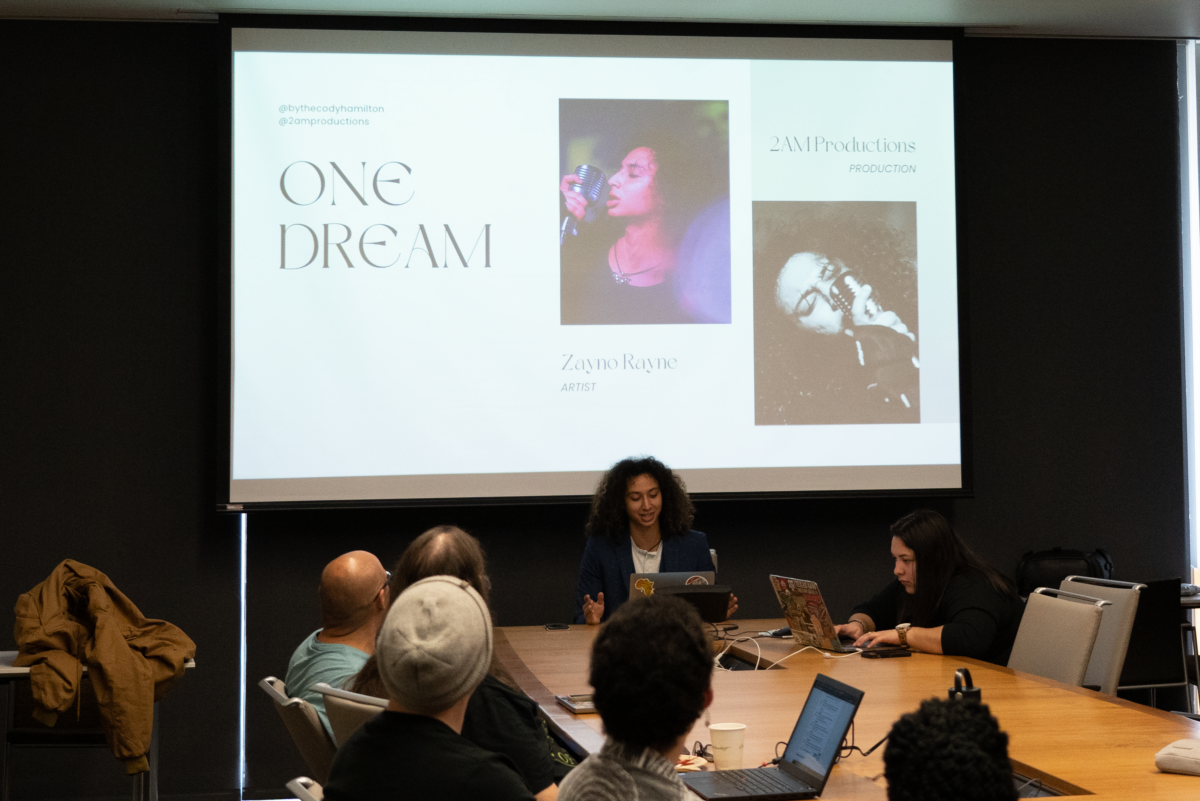Ask your mentee what kinda of mentor they are looking for. Do they want a facilitator? Or do they want a dictator?
Many believe they want a facilitator only to learn later they wanted to be told what to do, how to do it and when to do it.
Others want to know you support their work, believe in their autonomy and that you will support them when tackling academic permissions and administrative circuses.
Find out your mentees expectation of time commitment.
Some mentees want to regularly meet with you and expect prepared feedback and interactions and have a schedule.
Others want to only meet up when needed and will perform just as well with low frequency meet ups, but with lots of questions and specific ones.
Is your mentee Type A or a professional procrastinator? And which are you?
Some academics have their lives planned out to the minute and expect feedback in a timely fashion to match their schedules and are stressing over the email you have yet to send them.
Others are professional procrastinators who are amazing producers of work, but will not bother you until the very end when things are ultimately due. These mentees ( &professors) are manageable as well with the right expectations set.
Does your mentee understand the Ph.D. process?
- Course work process
- Comprehensive exams process
- Proposal process
- Writing process
- Defense process
The secondary question is, what is your own approach to these, and how might your adapt or change for mentees you want to work with? How will you setup your expectations as to provide a positive experience for your mentee and a healthy work load for yourself?
Is your mentee wanting to be a professor? If so, what kind?
Have you spoken with your mentee about their professional goals and what kind of professor/professional career they see themselves working towards. Do you have exploratory work/assignments/courses/internships in mind that could help navigate this question. Are you ok with them not following your footsteps? Do you see beyond your own trajectory?
What is your view on:
- Creative works for academia
- Research
- Academic publishing
- Conference attendance
- Service
- Teaching
Make these expectations clear from the get go, explore the possibilities and clear what you value so that avoid and are prepared for “special case” scenarios where mentees approaches to their areas do not overwhelm the relationship and progression of their Ph.D.
Do you really want mentees?
It’s ok to admit you really do not want mentees, save both yourself and others time. If you are going to take them on, be prepared, have empathy, we all went through this process and it is career forming and changing. For many this aspect of being a professor is life changing for our own careers. For others it is a triggering high anxiety space and prefer writing and research. Own that, if you still have to mentor, then develop a clear set of expectations and make it work for you as much as you can, that way when you do take on mentees at least they know where you stand and you know they are wanting to clearly work with you.
